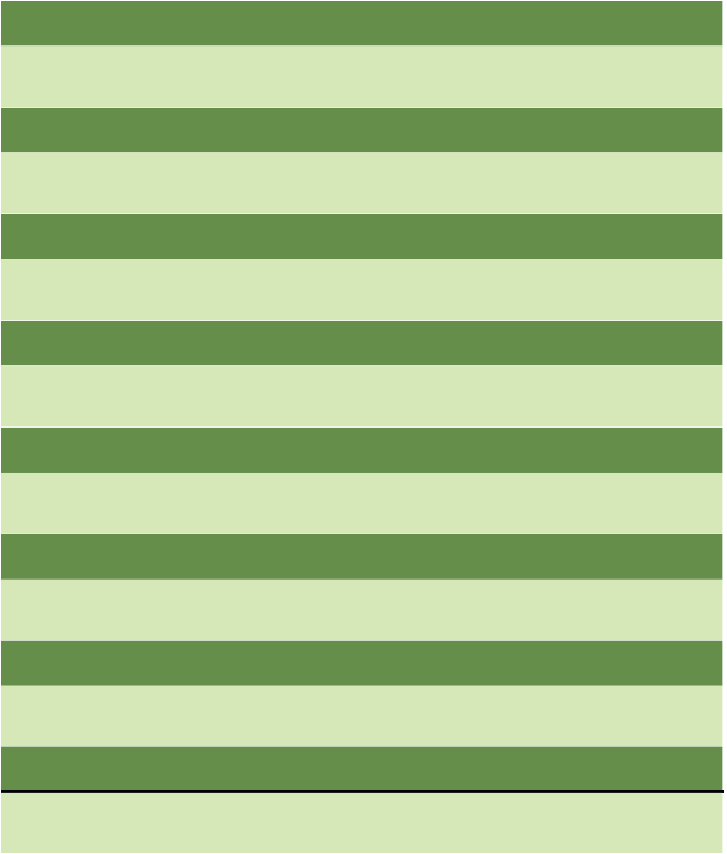Travel Reference
In-Depth Information
1725
Thirteen years after St Petersburg was declared the new capital, its population is now 40,000 and
as much as 90% of all foreign trade passes through its port.
1725
Peter the Great dies of uremia in St Petersburg, having reigned Russia for 42 years of his 52-year
life. He had anointed no successor and his wife becomes Catherine I.
1727
Catherine I, an illiterate former housemaid, dies after ruling Russia for two years in tandem with
Peter's best friend, Prince Menshikov. Peter's grandson becomes Tsar Peter II.
1728
After the death of Peter I and two years of rule by his wife, his grandson Peter II returns the Russian
capital back to Moscow.
1730
Peter II dies of smallpox aged 14, three years after ascending the throne. With him the direct male
line of the Romanov dynasty ends. Peter the Great's niece, Anna, ascends the throne.
1732
Empress Anna reverses the decision of Peter II and moves the capital to St Petersburg, presiding
over the recommencement of the city's construction and development.
1740
Empress Anna dies after a 10-year rule that brought much progress. After a series of intrigues, Peter
the Great's daughter Elizabeth ascends the throne after a coup against infant Tsar Ivan VI.
1741-61
Empress Elizabeth fulfils her father's goal of a grand European capital, commissioning the construc-
tion of countless sumptuous buildings and creating a glittering court.








